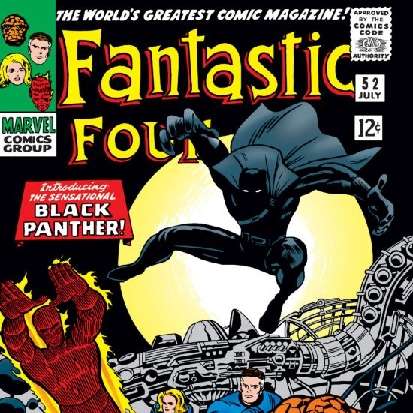
How would you rate your decision making skills?
Are you a decisive person, able to make the right calls quickly, on-the-fly? Are you a deliberator – do you analyse all the options and figure out the right move?
Or do you often find yourself going back-and-forth over even the simplest decisions?
Most likely, you’re somewhere in-between. But we’ve all had moments of indecisiveness – choosing an academic path, deciding which flat to rent, or even just choosing what to eat from a menu.
In Game of Thrones Season 6, devious Littlefinger presents an excellent technique you can use to make all of this easier. Here he is explaining it to Sansa:
“Every time I’m faced with a decision, I close my eyes and see the same picture. Whenever I consider an action, I ask myself, will this action help to make this picture a reality? I pull it out of my mind and into the world. And I only act if the answer is ‘Yes’.”
There are two principles at work here: the Definite Major Purpose, and visualisation
The Definite Major Purpose
This was made popular in Napoleon Hill’s book, Think and Grow Rich, originally published in 1937. The Definite Major Purpose is the primary singular goal you want to achieve in life at this moment.
Maybe your focus is your health – you want to lose 50 lbs and get your 5k time to under 20 minutes. Maybe your focus is your career, and you want to work full-time as a penciller, or in data science, or run your own bakery. Or maybe what you really want is to find someone special to settle down with.
Your Definite Major Purpose should be something that fires you up. It should really energise you. It can be personal goal, like the above examples, or a collective goal (like fighting climate change, or working to end homelessness in your area). Whatever it is, it should be something that energises you.
Once you have identified and clearly defined your definite major purpose, it makes a lot of decisions in life much easier. You use it in just the way Littlefinger describes – with visualisation.
Visualisation
So when faced with a decision, do what Littlefinger suggests. Close your eyes, and visualise each of the options. One-by-one mentally go down each path, to see where they lead.
A decision made now can lead to multiple outcomes down the line, so sometimes you have to be a bit of a chess player about this (I could do this, but then this might happen… if that happens, I could respond with this move, or that move…). Try to do this in an objective, unbiased way, without secretly favouring one option over another.
Then, assess the options separately. Will this option help bring you closer to your Definite Major Purpose? If the answer is no, then don’t do it! Find the option that moves you closer to where you want to be, and choose that one.
Prioritisation
All the above talks about your life in the larger, macro sense. But Littlefinger’s technique works on a micro scale too.
If you’re working on a project, a good practice is to plan our your to-do list for each day. For example, you might pick three key things you want to get done tomorrow.
But how do you decide which things to do? Well, now you know. Define the outcome for the project very clearly, and then work through the options. Close your eyes and visualise the path of each one. Which one gets you closer to the outcome?
If you don’t use a technique like this, it can be very easy to get stuck in “busywork”. That is, tasks that you sort of need to do at some point, but aren’t crucial right now and don’t really move the needle in a significant way. Such tasks tend to be a little bit easier, so we use them to procrastinate, and to shy away from the things that would really get the project moving.
If you use the outcome as your guide, you’ll end up making faster progress towards where you want to be.

